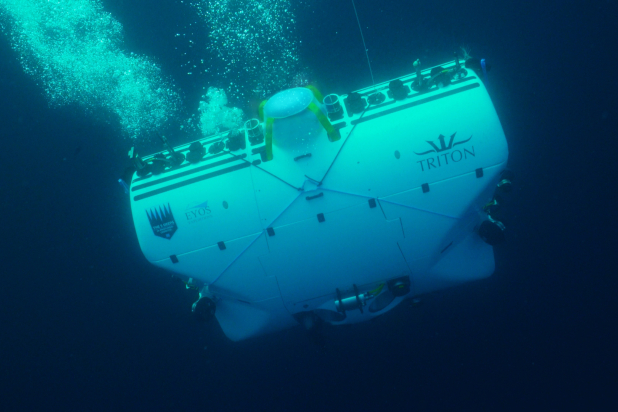Transcript available below.
A new Broadway show based on the making of Jaws, co-written by and starring Robert Shaw’s son, is some of the most fun I’ve had at the theater in years. Wearing my finest elasmo-swag to the theater “Jaws” changed the world, with scientific, cultural, and political impacts that continue to this day. Jaws made the … Read More ““The Shark is Broken” is a Broadway-loving shark scientist’s dream come true” »








